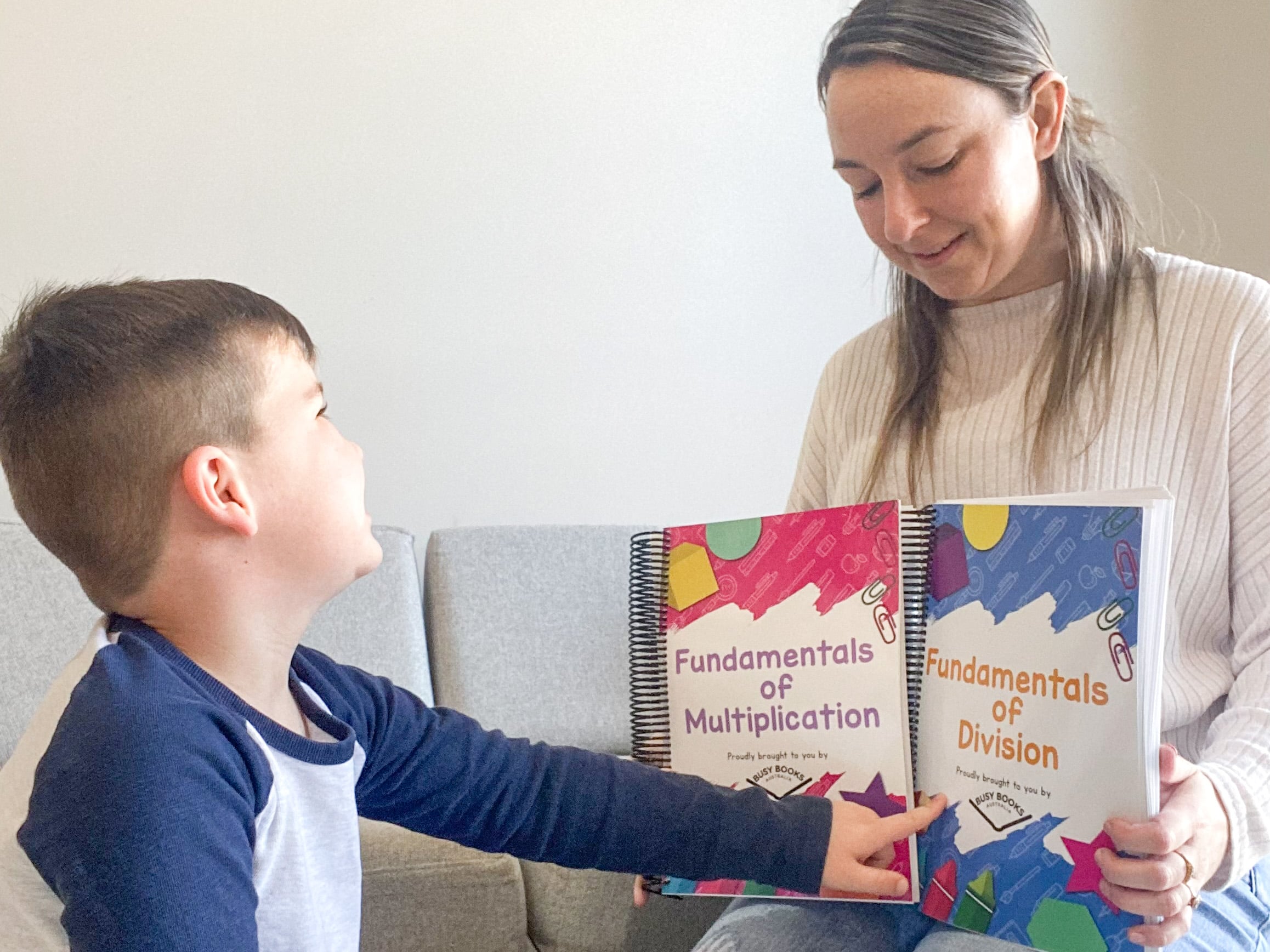Welcome to Busy Books Australia, the revolutionary new way to learn!

Every day, we move through and interact with our surroundings. In order to accomplish this, spatial awareness is very important. But what exactly is spatial awareness?
Spatial awareness refers to your ability to be aware of objects in space and your body’s position in relation to them.
So why exactly is spatial awareness important? How can you recognize potential spatial awareness problems? Lets flesh it out:
Spatial awareness allows us to be conscious of the things in our environment as well as our position relative to them. This ability is important for several reasons, such as:
Location: Spatial awareness gives context to the location of an object. For example, knowing that a cup is on a table as opposed to under it (keep your eyes peeled for more info on this in our next Busy Book!).
Movement: Having spatial awareness can inform you of how people and objects move through the environment. This can help you navigate your surroundings.
Social: Spatial awareness can affect social functions like maintenance of personal space.
Reading and writing: A spatial understanding is needed for understanding sentence structure and grammar.
Mathematics: Some mathematical concepts also require spatial awareness. Examples include geometry and ordering or arranging numbers.
Spatial awareness also goes hand-in-hand with another concept called proprioception. Proprioception refers to your awareness of your body and limbs in your surrounding space.
For example, when you reach across a table to grab a pencil, you use proprioception to know how much to move the muscles in your arm in order to make that motion. You also use spatial awareness to gauge the distance between yourself and the pencil.

Talk about locations: An example of this is leaving your Busy Book on a table and talking about where the Busy Book is in relation to the table (on the table), then talking about where the table is (in the dining room).
Discuss distance: Talk about how far or how close things are from your child’s current location. Measuring distances, such as through using steps, may also be helpful.
Teach shapes and sizes: Point out the shapes and sizes of objects. For example in the Shapes section of the Colours Shapes Patterns Busy Book there are a couple of activities of every day items as shapes, you can engage your little one in discussing what shapes the items are, where you would find them and which one is bigger or smaller than the other or do activity 14, sorting animals in size or activity 19, sorting shapes in colours and size, in the Colours Shapes Patterns Busy Book.
Explore directions: Try giving your child simple directions when playing with your Busy Books, such as “can you find an activity on emotions in your Busy Book”, “can you put all the circles on your activity first” etc.
Play games: Various games and activities can help a child learn spatial awareness. Examples are completing some of the connecting cut our puzzles in the Colours Shapes and Patterns Busy Book such as activities 11, 12,13, 20.
Spatial awareness is something we will focus a lot more on in our 3rd Busy Book, due out soon. Watch this space!
Share this article via:
Did you know we share more content and practical applications of Busy Books inside our VIP group?
Engaging your busy toddler or young child in learning can be a tricky thing. With short attention spans and eager to discover the next exciting adventure, capturing a child’s interest with quality educational resources can feel like you you are continuously chasing that pot of gold at the end of the rainbow. What if we […]
Neurodivergent children, autistic children and children with ADHD or ASD develop skills at a different rate than non-neurodivergent children. Even how they learn can be different, and they can experience challenges with social skills, processing information, sensory processing, communicating with others and other developmental delays. As a parent or teacher of neurodivergent children, autistic children […]
Every parent wants their child to succeed in life, reaching milestones and developing skills. Sometimes this may be a little slower than expected, such as development delays in the way a child moves, communicates, learns or even behaves with others. Whether you’re a parent or work with children, you can help children with developmental delays […]
Finding out your child is experiencing a communication or language delay can be disheartening. But with the right tools, you can give your child the best chance and opportunities to develop their verbal communication skills. Busy Books are one of these tools, with parents all over Australia thankful they took that step to help their […]
Busy Books are recommended by speech pathologists, occupational therapists, early childhood educators and paediatric specialists to help with childrens’ learning and development. There are activity books for children from 18 months and up, all the way through to the teenage years. The bright colours, fun characters and hands-on activities help keep kids interested and engaged […]


Busy Books Australia offers you the choice of pre made quality, educational printed Busy Books for the Busy family, ready for countless hours of learning, delivered to your door.
Busy Books are made with love, care and attention. We are confident your family will enjoy, learn and grow with these invaluable tools.
© 2024 Busy Books Australia | Website and SEO Gold Coast by Launch Experts Policy | Return Policy | Terms of Service | Shipping Policy